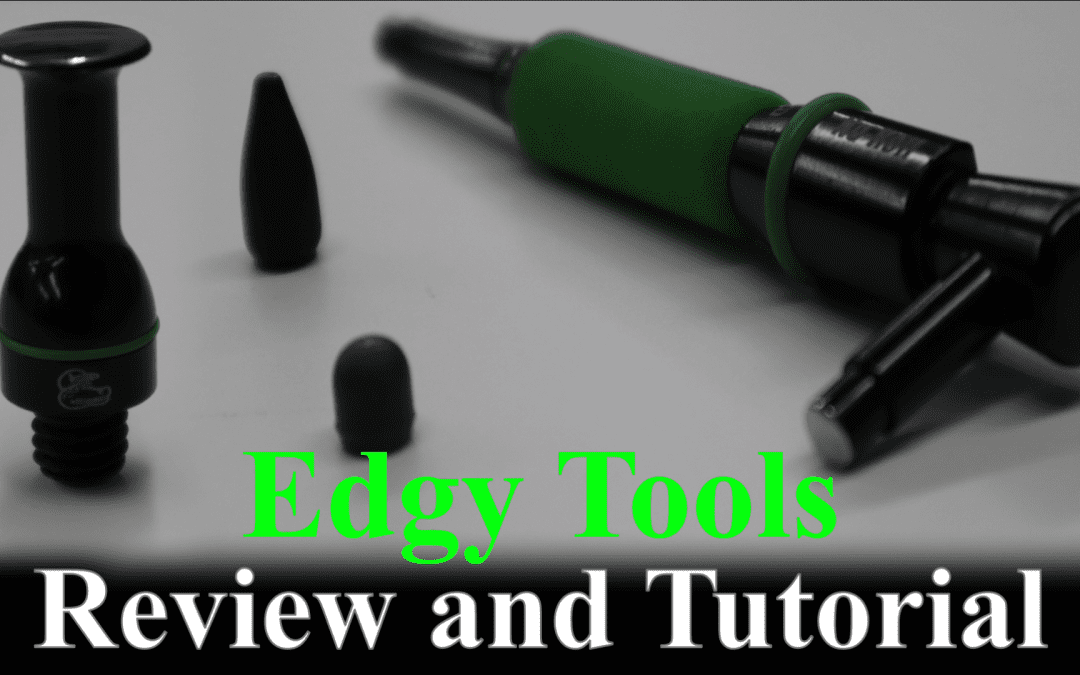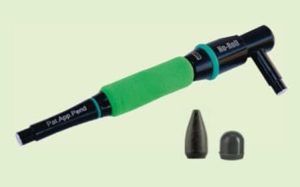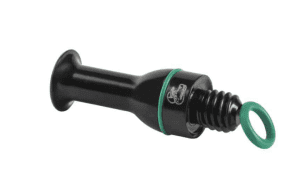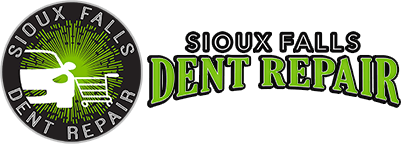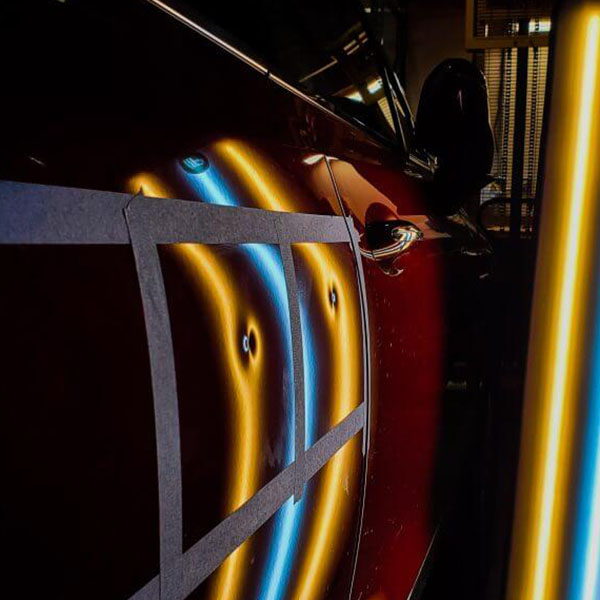Paintless dent repair, or PDR, is a popular technique used to remove dents from the body of a vehicle without the need for costly and time-consuming traditional methods such as sanding, filling, and repainting. The process involves using specialized tools to gently massage and reshape the damaged area from the inside, restoring the panel to its original shape without damaging the paint.
But is paintless dent repair good? The answer is a resounding yes! Here are a few reasons why.
Cost-effective
One of the biggest advantages of PDR is that it is a cost-effective way to remove dents from your vehicle. Traditional dent repair methods can be expensive, especially if you have to pay for painting and refinishing. PDR, on the other hand, is much more affordable, and in many cases, the cost is less than traditional methods.
Preserves the original finish
Another major advantage of PDR is that it preserves the original finish of your vehicle. Because there is no sanding, filling, or painting involved, there is no risk of damaging the existing paint. This is particularly important for those with newer or high-end vehicles, as any damage to the finish can significantly reduce the value of the car.
Quick and convenient
PDR is a relatively quick and convenient process. In most cases, it only takes a few hours to complete, which means you can have your car back on the road in no time. Additionally, because there is no need for painting or refinishing, there is no need to wait for the paint to dry, which can take several days with traditional repair methods.
Environmentally friendly
Finally, PDR is an environmentally friendly option for dent repair. Traditional repair methods often involve the use of harsh chemicals and solvents that can be harmful to the environment. With PDR, there are no toxic materials used, which means it is a much more sustainable and eco-friendly option.
In conclusion, paintless dent repair is a highly effective and affordable way to repair dents on your vehicle. With its cost-effectiveness, preservation of the original finish, quick and convenient process, and eco-friendliness, PDR is a no-brainer for anyone looking to repair dents on their car.
